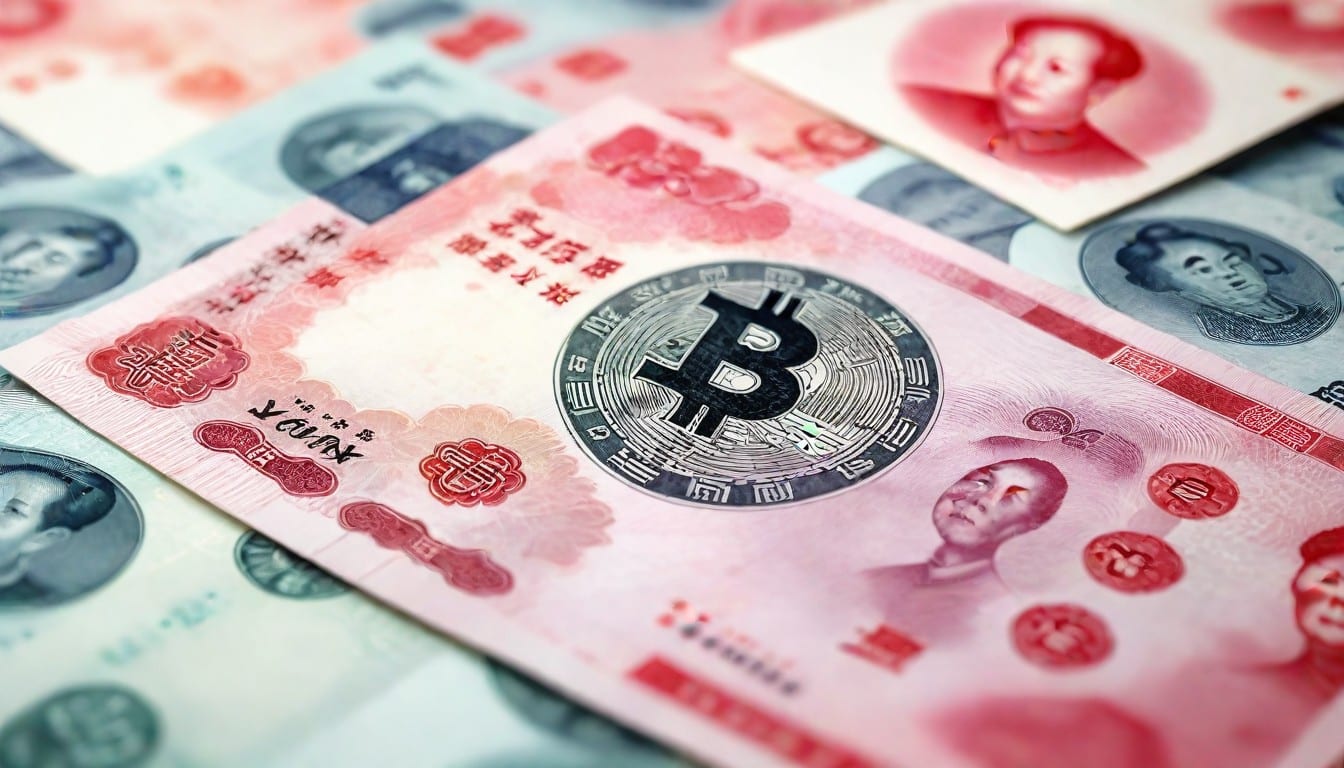Table of Contents
The Digital Yuan, China’s pioneering digital currency, has sparked curiosity about its offline capabilities. As the world moves towards cashless economies, understanding the potential offline operation of the Digital Yuan is crucial. This article explores how this digital currency can function without an internet connection, offering insights into its technological advancements and implications for the future. Additionally, if you want to know more about investments and firms, you may visit Yuan Edge AI.
How the Digital Yuan can Operate Offline?
The Digital Yuan’s offline operation is made possible through the use of physical carriers, such as smart cards or mobile devices, which store the necessary information for transactions. These carriers are equipped with Near-Field Communication (NFC) technology, allowing them to communicate with other devices in close proximity. When a user wishes to make an offline transaction, they simply need to place their smart card or mobile device near the merchant’s device, initiating the transfer of Digital Yuan.
The offline transaction process involves several steps. First, the user’s device generates a unique transaction code that represents the transfer of Digital Yuan. This code is then securely transmitted to the merchant’s device via NFC. The merchant’s device verifies the transaction code and initiates the transfer of Digital Yuan from the user’s account to their own. Once the transaction is complete, both parties receive a confirmation of the transaction.
Security is a key concern in offline transactions, and the Digital Yuan addresses this through the use of encryption and secure authentication methods. Each transaction is encrypted to protect it from unauthorized access, ensuring that users can make offline transactions with confidence. Additionally, users are required to authenticate themselves using biometric data or a PIN, adding an extra layer of security to the process.
Overall, the Digital Yuan’s offline operation is a testament to its versatility and accessibility. By leveraging innovative technology and robust security measures, the Digital Yuan offers a convenient and secure way for users to make transactions, even in environments where internet connectivity is limited or unavailable.
Technology and Infrastructure that Enables Offline Transactions
The technology and infrastructure that enable offline transactions for the Digital Yuan are both innovative and robust, ensuring seamless transactions even without internet connectivity. One of the key components is Near-Field Communication (NFC), which allows devices to communicate with each other when they are in close proximity. This technology is essential for transmitting transaction information securely between devices, enabling users to make offline payments using their smart cards or mobile devices.
Another critical aspect of the infrastructure is the use of secure servers and databases that store transaction information and user data. These servers are equipped with encryption and other security measures to protect sensitive information from unauthorized access. Additionally, biometric authentication or PIN verification is often required to authorize offline transactions, adding an extra layer of security to the process.
The Digital Yuan’s infrastructure also includes a network of payment terminals and devices that support offline transactions. These terminals are equipped with NFC technology and are capable of securely processing transactions in real-time, even without an internet connection. This infrastructure is essential for ensuring that offline transactions are secure, efficient, and reliable.
Overall, the technology and infrastructure that enable offline transactions for the Digital Yuan are a testament to China’s commitment to innovation in digital finance. By leveraging cutting-edge technology and robust security measures, the Digital Yuan offers users a convenient and secure way to make transactions, regardless of their internet connectivity.
Scenarios where Offline Functionality is Beneficial
The offline functionality of the Digital Yuan offers several benefits in scenarios where internet connectivity is limited or unavailable. One example is in rural areas or remote regions where access to the internet may be sporadic or non-existent. In these areas, residents can still conduct transactions using their Digital Yuan-enabled smart cards or mobile devices, allowing them to make purchases, pay bills, or transfer money without relying on internet connectivity.
Another scenario where offline functionality is beneficial is during natural disasters or emergencies that disrupt internet services. In such situations, traditional banking services may be unavailable, making it difficult for people to access their funds. With the Digital Yuan’s offline functionality, individuals can still make essential transactions, such as purchasing food or supplies, even when internet services are disrupted.
The Digital Yuan’s offline functionality also benefits travelers, especially in foreign countries where internet access may be limited or costly. By using their Digital Yuan-enabled devices, travelers can make purchases and payments without the need for internet connectivity, making their transactions more convenient and secure.
Overall, the offline functionality of the Digital Yuan enhances financial inclusion and accessibility, ensuring that individuals in various scenarios can still access and use their funds, even when internet connectivity is not available.
Conclusion
In conclusion, the Digital Yuan’s ability to operate offline represents a significant step forward in the digitalization of currency. While challenges exist, such as security and infrastructure, the potential benefits for China’s economy and global finance are substantial. As the Digital Yuan continues to evolve, its offline functionality could redefine the way we perceive and use digital currencies worldwide.


